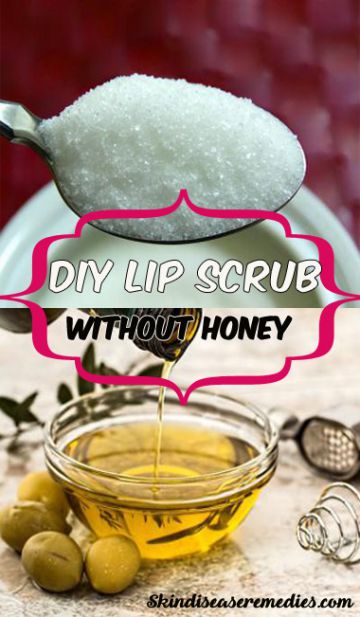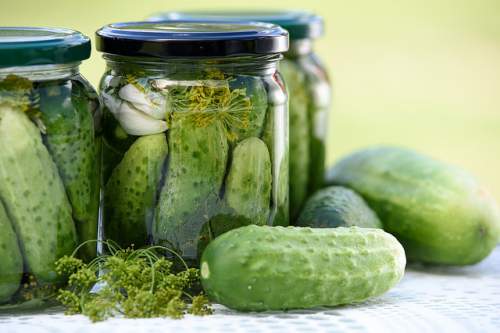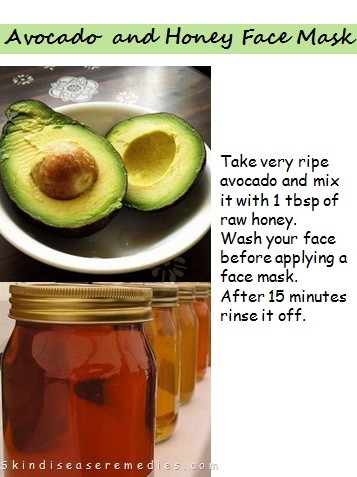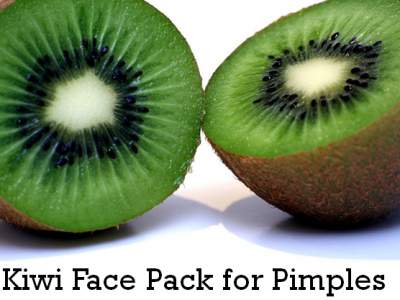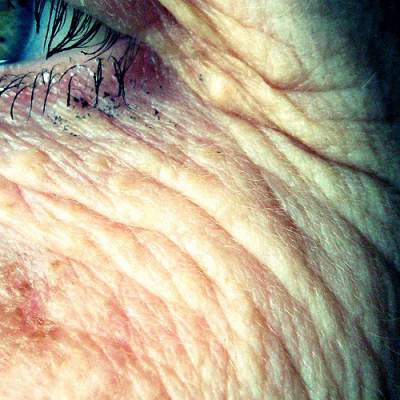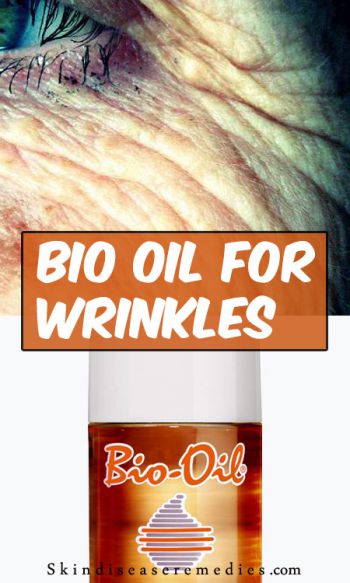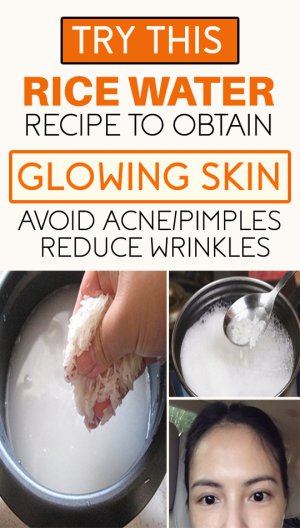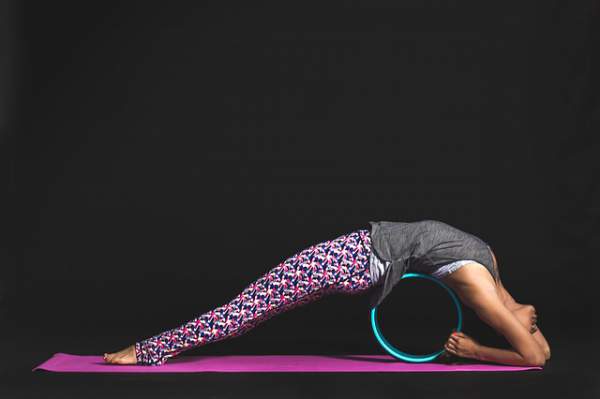
Pollution, toxicities, and diseases are some of the most common reasons of unhealthy skin. Naturally glowing skin has been nothing but a dream for many girls. Many are even tired of using chemicals and expensive treatments.
It’s difficult to get a radiant and glowing skin. But for the one who knows the trick, it’s pretty easy, and it is using yoga for skin whitening. Yes you heard me right, try once and you will see the results within weeks.
You can practice yoga for glowing skin daily in order to have radiant effect. There are number of poses, breathing activities and hand gestures which can be helpful.
What actually causes skin problems?
Due to hormonal changes in the body, acne can occur. It is common in women and girls of different age groups. If treated properly, it doesn’t leave scar behind.
Unhealthy choices of food also become one of the reasons of skin problems. If we also include bad hygiene effects in it too, the skin problem increases. Wrinkles, dullness, breakouts etc. are some of the example that can happen with unhealthy lifestyle.
There are many skin diseases out there that are impossible to treat using regular methods and one of them is hyperpigmentation.
Read this: Home Remedies to Get Rid of Forehead Wrinkles without Using Botox?
What Causes Hyperpigmentation or Dark Spots?
Are you afraid of those tiny dark spots on your skin that are stubborn to go away? They are not just spots, they are spots caused by hyperpigmentation. It occurs when melanin is produced in larger quantity in some parts of the skin that results in dark patches.
Sun exposure
Exposure to sunrays is harmful, we are well aware about it. But tanning can even leave you with dark patches on the skin. When your skin is exposed to sunlight, the inflammatory response is created.
This response usually gets unnoticed because of its low nature. But if your skin is exposed to the sun rays for long time, the level of inflammation increases. The darkened patches forms on the skin and they tend to be smaller in size, often called as pigment or age spots.
Hormonal changes
Pregnant women usually go through certain hormonal changes that may trigger melasma. Birth control pills can also influence the spots. It causes the skin to turn dark, or irregular shapes are formed either on face or arms that can become larger in size. It usually occurs in people having dark skin.
Illnesses
It can also be another symptom of a disease such as gastrointestinal diseases, autoimmune, metabolic disorders, vitamin deficiency etc.
It can also be a side effect of some hormone treatment, antibiotics, chemotherapy, or over use of some drugs. Disease such as photo contact dermatitis can also cause residual hyperpigmentation.
Skin damage
Any kind of cut, pimple, and similar can cause melanin to overproduce. And again the body reacts to the production of inflammation. And this again results in the release of melanocytes hormone in your skin.
Long story short, it causes melanin to produce in larger quantities resulting darker pigments over the injured or cut area.
Also read: Foods to Reduce melanin
Hair removals
It’s very rare to get hyperpigmentation due to hair removal. You just have to careful if you ever use wax or some chemical. Just make sure to use proper skin product till your skin comes back to normal. If you ignore it, your skin might again provoke an inflammatory response.
Allergies
Allergies again can give you inflammatory reactions. If your body is allergic to something you might not want to go near that substance. If your body somehow gets into the contact of your allergic material, your body gets into an overdrive state and that causes irritation in your skin.
If your skin continues to get irritation, inflammatory reaction can develop and creation of melanin in larger quantities can also trigger.
Genes
Sometimes it’s all in your DNA. Some family genes can get inside your body. It can even skip generations.
Is Yoga Good for Beautiful Skin?
Whatever the reason is behind hyperpigmentation, you must be worried about it’s the treatment. Well, you shouldn’t since there is another simple method, yoga. You can practice yoga for beautiful skin every day.
Here are some of the benefits of including yoga in your day to day life:
1. Blood Circulation
We all know what happens when the blood flow reduces. The skin becomes pale, dry, develops patches and wrinkles, looks like aged and so on. If you need a rosy glow, yogic poses and bends are easier way to achieve your goal.
It helps in increasing the blood flow that aid in skin cell renewal. You can try asana poses such as shoulder stand, fish pose; cobra pose; triangle pose and child pose to get rid of dull and tired complexion. With this, your skin will look radiant in no time.
2. Oxygen purification
Lack of oxygen can get you skin problems such as pimples, wrinkles etc. and the stress increases when these problems leaves dark spots behind. That is an expensive treatment. The chemicals treat the skin from the outer surface and that’s why they come back when the usage is stopped.
You never worked on the inner disease; you just kept taking painkillers thinking it will treat your illness. Oxygen is a must for clear, youthful and bright skin. It delivers rich nutrients that directly get inside your skin.
But how will you get pure oxygen in the world of polluted air? Breathing exercises. Among all of those, kapalbharti is the strongest. It involves forced and deep breathing that helps in the flow of oxygen.
3. Toxin reduction
Again, as said earlier, we live in a polluted society where everything is false, even the air we breathe. The harmful food adds more to the list of toxins getting inside our bodies. Sometimes toxins come out in the form of pimples on the skin that usually leaves dark spots behind.
You also get to see dull skin, breakouts and low energy because of toxic elements inside your body. Yoga help in the right flow of blood and to increase the level of oxygen as well that helps to reduce the toxic elements in the body.
4. Stress level
Everyone dreams to live a stress free life. But that’s not possible; we are surrounded by it all the time. It’s either our office work, or a fight with family member. The lack of sleep also adds to the level of stress that we face today.
And that sometimes show stressful signs on the skin. You can get premature wrinkles, tired appearance, loss of elasticity, breakouts etc.
It becomes essential to use yoga for face glow since it gives relaxation of mind and body. Even breathing exercises such as Kapalbhati, anulomvilom can help in relaxing the body and to attain a mental peace.
5. Digestive process
This is a common phenomenon. If you suffer from acne, yoga is your only choice. Yoga improves digestion that can help you get a clear skin.
Studies show that yoga can help in minor digestion problems and it encourages normal flow of life for your stomach. Stress again adds to the problem of indigestion that is again treated permanently by yoga.
6. Natural toner
As we age, our skin loses the glow, elasticity; tightness etc. just a few minutes of facial yoga can help you get a younger skin.
Facial yoga can also help you to naturally tone your skin and look brighter. It also helps to increase the blood flow in certain areas of the skin. It can make you relaxed as well that decreases the level of stress you have.
Related post: Glycerine and Rose Water Toner for Beautiful Skin
7. Hormonal balance
When hormones are troubled, you get acne, breakouts and other skin related diseases. Your glow reduces and fatigue show at your face in the form of wrinkled skin. But you can achieve brighter skin by applying yoga for skin whitening effects.
8. Cleansing emotions
We all have blocked energy inside us that gets piled up if it stays like that. It can be anything, even the emotions you have s been holding onto such as anger or envy. Negative emotions can cause depression and anxiety.
These problems can lead to hormonal and blood circulation problems as well. And if hormones and blood flow gets disturbed, our skin gets varieties of diseases from acne to skin pigmentation.
If you release negative pile of emotions you will feel lighter, brighter and happier as well. Your appearance will improve and you will look more energized.
Must read this: Ayurvedic Beauty Tips to Obtain Glowing Skin
10 Yoga Asanas for Glowing Skin
It is not possible to get a bright effect on your face using chemicals and expensive treatments. You can get that if you use several poses of yoga for beautiful face. Now let’s go ahead and see the top yoga asanas for skin whitening.
#1. Halasana
You can also call it a plow pose. This is one of the best asana for achieving glowing skin. It gets the digestion system on the right track that is mandatory for bright and beautiful skin. It also heals lower back and hip pain that boosts metabolism.
- First you must lie on your back and slowly raise your torso and legs from the floor.
- Lower the legs behind your head so that it touches the ground.
- Stay in this position for 10 to 15 seconds and get back to the relaxed position.
#2. Sarvangasana
This is also known as shoulder stand. This asana promotes blood flow towards your face that improves your skin texture and quality. If you happen to practice this pose for 3 to 5 times a day, you will get a natural remedy for pimples, blemishes, acne, wrinkles and dullness as well.
- First lie down on your back and slowly lift up your legs and torso off of the floor.
- Your body should rest on your shoulder.
- You can use your hand as a support.
- Breathe deeply by closing your eyes.
- After staying on this position for 30 seconds to 1 minute, you can return back to normal position.
#3. Matsyasana
This is also known as fish pose. It helps in the natural functioning for hormones, pineal, thyroids, pituitary glands etc.
- First lie on the floor and slowly tuck your hands under hips.
- Lift your body off of the floor. It should form an arch shape with top as head and bottom as your hip.
- Stay in this pose for about 1 minute and return back to the normal position.
#4. Uttanasana
It is a forward bending pose that helps to regulate the blood circulation on your face. It helps in supplying oxygen to the skin cells that reveals a glowing face. It is one of the easiest exercises to reduce fat.
- First you have to stand straight with your feet closed.
- Raise your arms above and bend forward from the pelvis.
- Keep your legs straight and try to touch the ground.
- Keep your eyes closed and stay like this for a minute.
- Later, return back to the normal position.
#5. Trikonasana
Being known as triangular pose, it is also best for the skin glow that opens up the lungs and helps to supply more oxygen to your body. The skill freshens up after practicing this pose.
- First stand up on your legs placing them apart.
- Place the right foot out and raise your hands to the sides.
- Almost immediately, bend down to your right side and let your right hand touch your right leg while keep other hand in the air.
- After staying for few seconds in the same position return back to normal and repeat the procedure for the opposite side as well.
#6. Bharadvaja’s twist
It helps in improving digestion and energies your skin. It helps in the cleansing of toxins from the organs.
- Sit on the floor and keep your legs stretched in the front.
- Shift to your right buttock and bend your knees.
- Tuck your legs to the left and twist your torso to the right.
- You can out your right hand on the floor to support your body.
- Keep your left hand under your right knee.
- Stay in this position for 1 minute and return back to normal.
#7. Ustrasana
This is also called as camel pose. It involves intense back bend that opens up the rib cage. It improves the lung capacity for accepting oxygen.
- Kneel down and keep your thighs, hips and knees perpendicular to each other.
- Then bend and hold your knees.
- Hung your head back and open your throat.
- Stay like this for a minute.
#8. Bhujangasana
Being called as cobra pose, it relaxes the body and helps in reducing the tension and fatigue. It helps in the supply of extra oxygen that is mandatory for skin glow.
- Lie on your stomach, toes flat, hands under your shoulder.
- Take a deep breathe and lift the head slowly and torso off of the floor.
- Keep your naval on the floor. Use your hands as the support.
- Stay like this for a minute.
#9. Tadasana
This is the easiest one of all. It’s also known as mountain pose.
- Stand straight with flat heels.
- Join both hands and raise them above the head with your feet as well.
- Stay like that for few seconds and then return back.
- Repeat it again.
#10. Pavanamuktasana
This is good for improving digestion of your stomach.
- Lie on your back, feet together and rested arms.
- Bring up the right knee towards your chest and clasp it with your hands after taking a deep breath.
- Stay like that for a few seconds and the return back to normal and repeat it with other leg too.
There are many poses of yoga for skin whitening effects that you can daily practice at home. If you want more benefits, you must try to do this twice a day as it’s a natural solution for all skin problems.
Have you ever inculcated yoga o obtain glowing skin? What all did you experience? Share with us in the comments.
Image source
